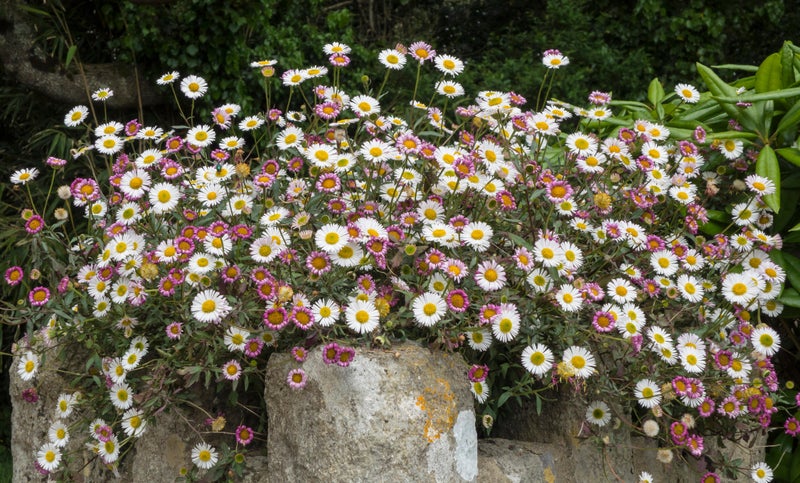In my fantasy garden, the potted hazel lives in the ground and is coppiced every few years (between five and 10, cutting every other branch five centimetres above the ground when the plant is dormant in winter to encourage multi-stemmed growth), offering me a wealth of catkinny goodness every spring.
They have multiple uses: to prop up towering hippeastrum flowers; to keep flopping paperwhites in check; as a basis for a wreath; and coppiced hazel is the right level of springy and wiggly to make natural supports for sweet peas and climbers later in the year.
I nurture ambitions of planting it in the ground one day, mostly because I suspect it’ll be happier – this native British plant is as tough as you’d expect, used to growing in hedgerows and hardy down to -20C, but it doesn’t love the waterlogging a container can create after an autumn as wet as last year’s.
I make idle plans to get up early and sneak out into the dark, returning to the house as dawn breaks and filling the sink with flowers and stems as the kettle brews for the first cuppa of the day.
These bold yellow columns of tiny flowers are one of nature’s best timekeepers, associated with late winter and Candlemas for centuries.































